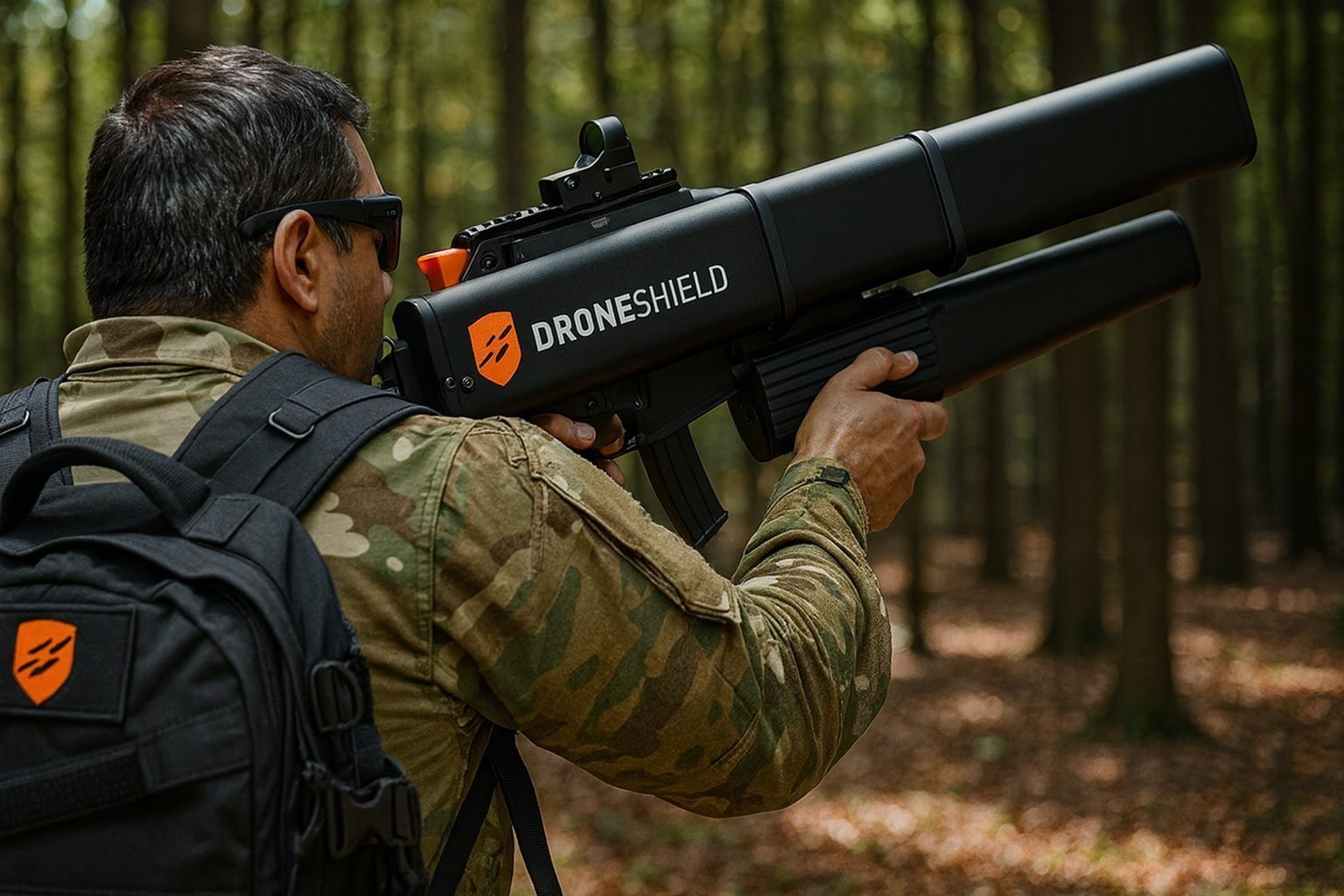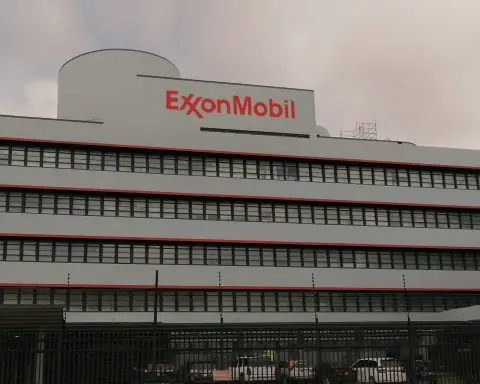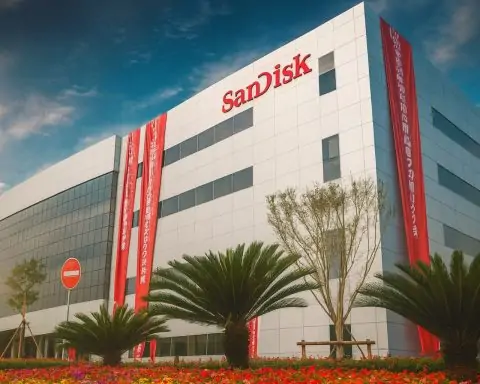DroneShield, the counter‑drone darling that surged more than eightfold this year, is fighting to salvage investor trust after a month-long rout triggered by massive director share sales, a botched contract announcement and a wave of governance criticism.
On Monday the company released a detailed ASX statement and embarked on a media blitz aimed at calming markets, as fresh commentary from major outlets sharpened questions over how an $70 million insider sell‑off was allowed to unfold with so little warning to shareholders. [1]
How a soaring defence stock stumbled into a governance storm
DroneShield rode a powerful defence and AI theme in 2025, with its share price climbing roughly 800% from January to an all‑time high in early October, lifting its market value by billions. [2]
That story flipped in mid‑November:
- 12–13 November – CEO Oleg Vornik sold about A$49.5–50 million worth of performance shares, the largest single‑day sale in DroneShield’s history. The stock recorded its worst day on record, plunging more than 30% and ranking among the biggest losers on the ASX 200. [3]
- Over the same week, chairman Peter James and director Jethro Marks also exited their holdings. Across six days, the trio’s disposals totalled around A$70 million, according to company disclosures and subsequent media reports. [4]
- The company later told the ASX the sales were not coordinated and that it did not become aware of them until after the market closed on 12 November – a claim that has itself become a flashpoint for investor anger. [5]
The selling landed just as DroneShield was enjoying a parabolic run. A Reuters wrap described an 8% fall on Friday 21 November, capping a two‑week slide that erased a large chunk of those earlier gains and raised questions about corporate discipline at the fast‑growing defence group. [6]
The order error and US CEO exit that rattled confidence
The share dump was not the only blow.
On 10 November, DroneShield announced fresh US contracts, only to later admit that the deals related to orders previously reissued after regulatory updates and had been incorrectly treated as new business. When the discrepancy was picked up, the company requested a trading pause and withdrew the statement. [7]
In Monday’s ASX announcement, DroneShield blamed the error on a mix‑up in customer correspondence and an administrative mistake, and said it was strengthening validation checks on orders to prevent a repeat. [8]
At roughly the same time, US chief executive Matt McCrann resigned, adding to investor unease about leadership stability and execution in the crucial American market. [9]
These events, combined with the unprecedented insider selling, transformed a momentum favourite into a case study in how quickly a narrative around governance and transparency can change.
What DroneShield told the market today
1. “Fundamentals remain strong,” says CEO
In today’s “Response to Recent Media Reporting” lodged with the ASX, DroneShield framed the controversy as a communication failure rather than a business crisis.
CEO Oleg Vornik said DroneShield’s underlying business is unchanged:
- Record 2025 revenues have been driven largely by repeat customers.
- The company continues to expand globally and invest heavily in technology.
- Many military and civilian clients rely on its systems in real‑world operational environments. [10]
He also “reconfirmed” his commitment to the business and highlighted that he still holds a mix of vested and unvested performance options, rather than having completely cashed out of his exposure to DroneShield. [11]
A separate report in The Australian revealed that Vornik has previously crystallised large gains through performance shares, including about $7.2 million from earlier sales in 2024. [12]
2. Governance review and new incentive structure
Chairman Peter James used the ASX release to promise a comprehensive independent review of DroneShield’s:
- Continuous disclosure processes
- Securities trading policies
- Other governance practices flagged by recent ASX queries and media coverage. [13]
The review will be overseen by independent directors Simone Haslinger and Richard Joffe, who have become key figures for investors seeking a circuit‑breaker from the rest of the board. [14]
DroneShield also outlined changes to its remuneration and incentive framework:
- Performance options – previously a large component of pay for key staff – were designed to conserve cash while rewarding revenue milestones, but will now be more carefully balanced with cash salary.
- From September 2025, non‑executive directors no longer receive performance options, addressing criticism that they were too aligned with short‑term share price spikes. [15]
- Executives and some staff had also sold new vested shares, something the company described as crystallising rewards for past performance but which nonetheless compounded the market’s reaction. [16]
Bloomberg separately reported that DroneShield would overhaul its options framework and run an independent review of disclosure and share‑trading rules – a move interpreted as a response to both investor fury and ASX scrutiny. [17]
3. Addressing contract, accounting and compliance questions
Beyond incentives, the ASX statement attempted to close off several lines of criticism:
- Withdrawn US order announcement: The company acknowledged the November 10 error and said new checks were in place before market releases on contracts. [18]
- Revenue recognition: DroneShield reaffirmed that it follows Australian accounting standard AASB 15 and only books revenue when performance obligations are satisfied, not ahead of delivery. [19]
- Export controls and sales channels: It stressed strict compliance with Australian export regulations and said distributors are heavily vetted, with secure freight processes and a network spanning more than 80 countries. [20]
- R&D investment: About 70% of its Australian workforce are engineers and technical staff, underlining, in the company’s view, the strength of its core technology and product pipeline. [21]
Separately, industry site Defence Connect reported that DroneShield explicitly conceded its stakeholder engagement has “not met expectations” during the recent turmoil – a frank admission that communication with investors and the wider market had fallen short. [22]
CEO’s private briefing and the “did nothing wrong” defence
Behind the scenes, the tone has been more defiant.
According to The Australian, Vornik told select shareholders in a leaked briefing that he had “done nothing wrong” by cashing in 14.8 million performance shares after the company smashed a revenue target of $200 million. The stock‑based payout, he argued, was a board‑ and shareholder‑approved way to compensate him when the company lacked the cash to pay an equivalent bonus. [23]
The same report noted:
- Vornik had previously collected millions in 2024 when an earlier $50 million revenue target was hit.
- His total remuneration that year exceeded $9 million, largely driven by performance‑related share sales. [24]
- He also played down earlier suggestions that personal security risks related to Russian sanctions were the real driver of the sale, saying his risk profile had not changed. [25]
Those explanations have not fully convinced governance commentators. A Financial Review column today labelled DroneShield’s handling of the crisis a “governance farce” and argued that mass selling by the CEO, chair and a director had laid bare the company’s immaturity around disclosure, trading rules and board accountability. [26]
Market reaction: from ASX high‑flyer to volatility warning
The sell‑off has been brutal.
- On 13 November, DroneShield was the worst performer on the S&P/ASX 200, falling more than 31% in a single session after the CEO’s sale became public. [27]
- By 18 November, the stock had logged a series of falls. One market wrap described it as enduring “another slide” amid broader ASX weakness and hawkish commentary from the Reserve Bank. TechStock²+1
- On 21 November, as the local market chalked up its fourth straight week of losses, ABC’s live markets blog highlighted DroneShield’s near 12% intraday plunge, even as the broader ASX 200 fell 1.6%. [28]
- In the fortnight to last Friday, a Reuters summary estimated the stock had dropped around 8% on the final day alone and had seen short positions jump by more than 60%, signalling a rush of bearish bets against the once‑favoured name. [29]
Today’s remedial messaging has not yet reset sentiment. A blocked‑off note from The Motley Fool said DroneShield’s share price was trading around $1.68 on Monday morning, down a further 2%, even as the company “struck back” with promises of governance reform. [30]
Some analysts have written the stock off as “dead money” until the governance cloud lifts; others still see the potential for a sharp rebound if the business continues to win contracts and executes cleanly. [31]
Why this matters for ASX investors beyond DroneShield
DroneShield’s saga is resonating far beyond a single ticker. It touches three themes that are front‑of‑mind for ASX investors in late 2025:
- Corporate governance in high‑growth names
- The episode underscores how quickly confidence can evaporate when incentive structures appear misaligned and disclosure is seen as reactive rather than proactive.
- Boards of other fast‑growing tech and defence companies will be watching closely as ASX and investors scrutinise trading policies and director behaviour. [32]
- Continuous disclosure and contract announcements
- DroneShield’s mislabelled US order and subsequent trading halt have sharpened focus on how companies announce – and correct – major contract wins.
- For a stock that has been heavily owned by retail investors and momentum funds, the perception of over‑hype or sloppy reporting can be especially damaging. [33]
- ASX volatility after an extended rally
- The broader market has already been under pressure, with the ASX 200 sliding from record highs and edging towards what some strategists describe as a technical correction. [34]
- In that environment, richly valued growth stocks with perceived governance weak spots can become lightning rods for selling.
What to watch next
For shareholders and market watchers, several catalysts now loom:
- Outcome and scope of the independent governance review – Will DroneShield tighten blackout periods, pre‑trade approvals and post‑trade disclosure rules for directors? How transparent will it be with the findings? [35]
- Any ASX or regulatory follow‑up – The exchange has already queried the company on its disclosures. Further action could range from additional questions to rule‑change debates on director trading for small‑cap high‑flyers. [36]
- New contract wins and operational updates – The company insists its order pipeline and global demand remain robust. Investors will be looking for clean, well‑explained announcements to back that claim. [37]
- Leadership signals – With the US CEO gone and the Australian CEO under intense scrutiny, board decisions around management structure and succession will be crucial for confidence. [38]
For now, DroneShield remains a highly volatile stock at the centre of a high‑stakes governance test. Whether today’s mea culpa and promised reforms are enough to stabilise the share price – and restore trust in management – is a question the market will continue to answer in real time.
This article is for general information only and does not constitute financial or investment advice. Investors should seek professional guidance and consider their own circumstances before making investment decisions.
References
1. announcements.asx.com.au, 2. www.dxbnewsnetwork.com, 3. news.bloomberglaw.com, 4. www.finnewsnetwork.com.au, 5. www.finnewsnetwork.com.au, 6. d2233.cms.socastsrm.com, 7. www.marketindex.com.au, 8. announcements.asx.com.au, 9. www.bloomberg.com, 10. announcements.asx.com.au, 11. announcements.asx.com.au, 12. www.theaustralian.com.au, 13. announcements.asx.com.au, 14. www.theaustralian.com.au, 15. announcements.asx.com.au, 16. announcements.asx.com.au, 17. www.bloomberg.com, 18. announcements.asx.com.au, 19. announcements.asx.com.au, 20. announcements.asx.com.au, 21. announcements.asx.com.au, 22. www.defenceconnect.com.au, 23. www.theaustralian.com.au, 24. www.theaustralian.com.au, 25. www.theaustralian.com.au, 26. www.afr.com, 27. m.economictimes.com, 28. www.abc.net.au, 29. www.dxbnewsnetwork.com, 30. www.fool.com.au, 31. stocksdownunder.com, 32. www.afr.com, 33. announcements.asx.com.au, 34. www.abc.net.au, 35. announcements.asx.com.au, 36. announcements.asx.com.au, 37. announcements.asx.com.au, 38. www.bloomberg.com







